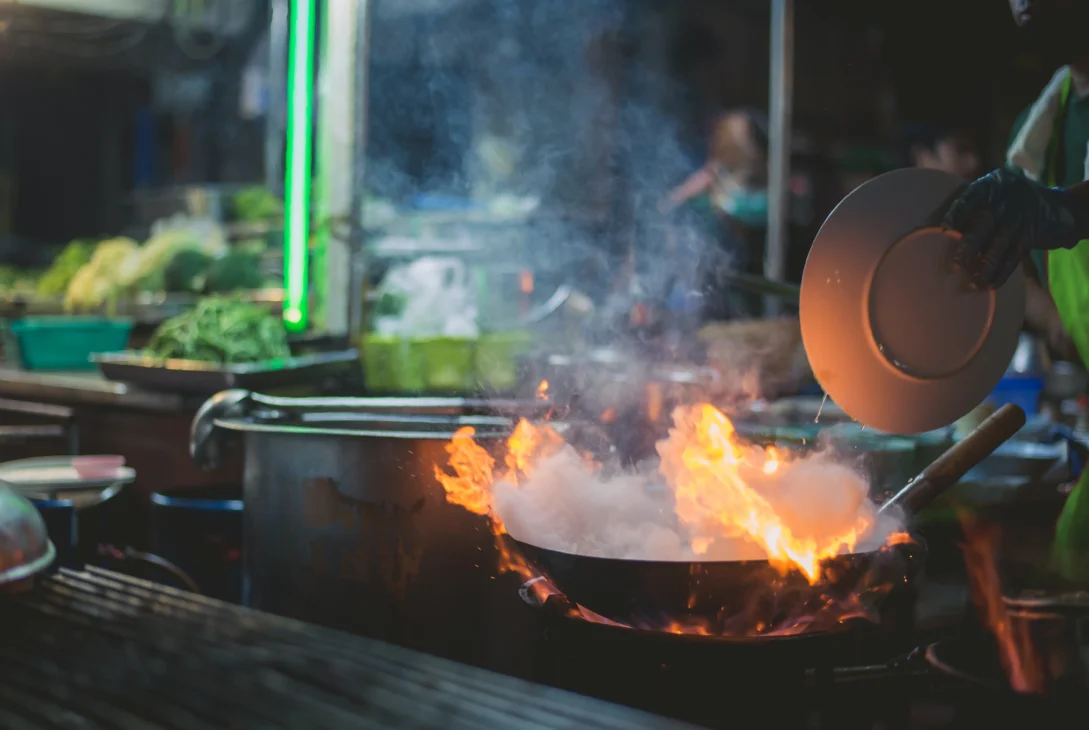Journeying through China promises a culinary experience as vast as the Great Wall. Yet, for travelers with dietary restrictions, it may seem daunting. From vegetarian preferences to gluten sensitivity, navigating China’s diverse food landscape requires some knowledge. Fear not! We’ve got the scoop on embracing China’s flavors while adhering to your dietary choices.
1. Vegetarianism & Veganism:
Description: While China’s cuisine is heavily meat-based, many dishes are plant-focused due to Buddhist influences. From tofu varieties to mushroom feasts, there’s plenty to savor.
What’s Cool: Temple restaurants in places like Beijing offer pure vegetarian meals that are delicious and spiritually uplifting.
Traveler’s Tale: “In Hangzhou, I stumbled upon a Buddhist eatery. The mock meat dishes were exquisite! I felt so connected to the culture.” – Maya, Israel.
Opinion Rating: 🌱🌱🌱🌱 (4/5)
2. Halal & Kosher:
Description: Due to the significant Muslim population, particularly in cities like Xi’an, halal food is widely available. Kosher, however, is rare and mainly found in places like Beijing or Shanghai.
What’s Cool: Exploring the Muslim Quarter offers an array of lamb dishes, bread, and unique halal-certified noodles.
Traveler’s Tale: “The Muslim Quarter in Xi’an was a revelation! The lamb skewers and hand-pulled noodles were mouthwatering.” – Fatima, Egypt.
Opinion Rating: 🌙🌙🌙🌙 (4/5)
3. Gluten Sensitivity:
Description: Chinese dishes often contain soy sauce, which has wheat. However, rice is a staple, and many dishes are naturally gluten-free.
What’s Cool: Dishes like rice noodle soups, steamed rice cakes, and plain stir-fried veggies/meat avoid gluten.
Traveler’s Tale: “I carried a translated card that said I couldn’t eat gluten. Most places were accommodating, and I fell in love with rice-based dishes!” – Liam, Australia.
Opinion Rating: 🍚🍚🍚 (3/5)
4. Seafood Allergies:
Description: Coastal regions in China, like Guangdong or Fujian, heavily feature seafood. However, the interior regions focus more on poultry, pork, or beef.
What’s Cool: Exploring spicy cuisines, like Sichuan or Hunan, which rarely use seafood, offers flavorful alternatives.
Traveler’s Tale: “I was wary due to my shrimp allergy. But in Chengdu, the spicy tofu and chicken dishes were a delightful experience without any seafood!” – Clara, USA.
Opinion Rating: 🌶️🌶️🌶️🌶️ (4/5)
5. Dairy Restrictions:
Description: Traditional Chinese cuisine rarely uses dairy. However, with the surge of Western cafes, milk-based products are more common now.
What’s Cool: Soy milk is a traditional breakfast drink and a great dairy-free option. Plus, many bubble tea shops offer non-dairy milk alternatives.
Traveler’s Tale: “I’m lactose intolerant and assumed tea would be safe. But bubble tea often had milk! Luckily, most places had almond or soy milk options.” – Raj, India.
Opinion Rating: 🥛🥛🥛🥛 (4/5)
China’s culinary landscape is as diverse as its geography. With a bit of preparation and local knowledge, every traveler, regardless of dietary restrictions, can dive deep into the flavors of this ancient land.
Embark on your Chinese culinary journey with curiosity and openness. With every bite, you’re not just tasting ingredients but centuries of history and culture. Bon appétit, or as they say in China, 吃得开心 (chī dé kāixīn) – Eat happily! 🥟🍵🌏








